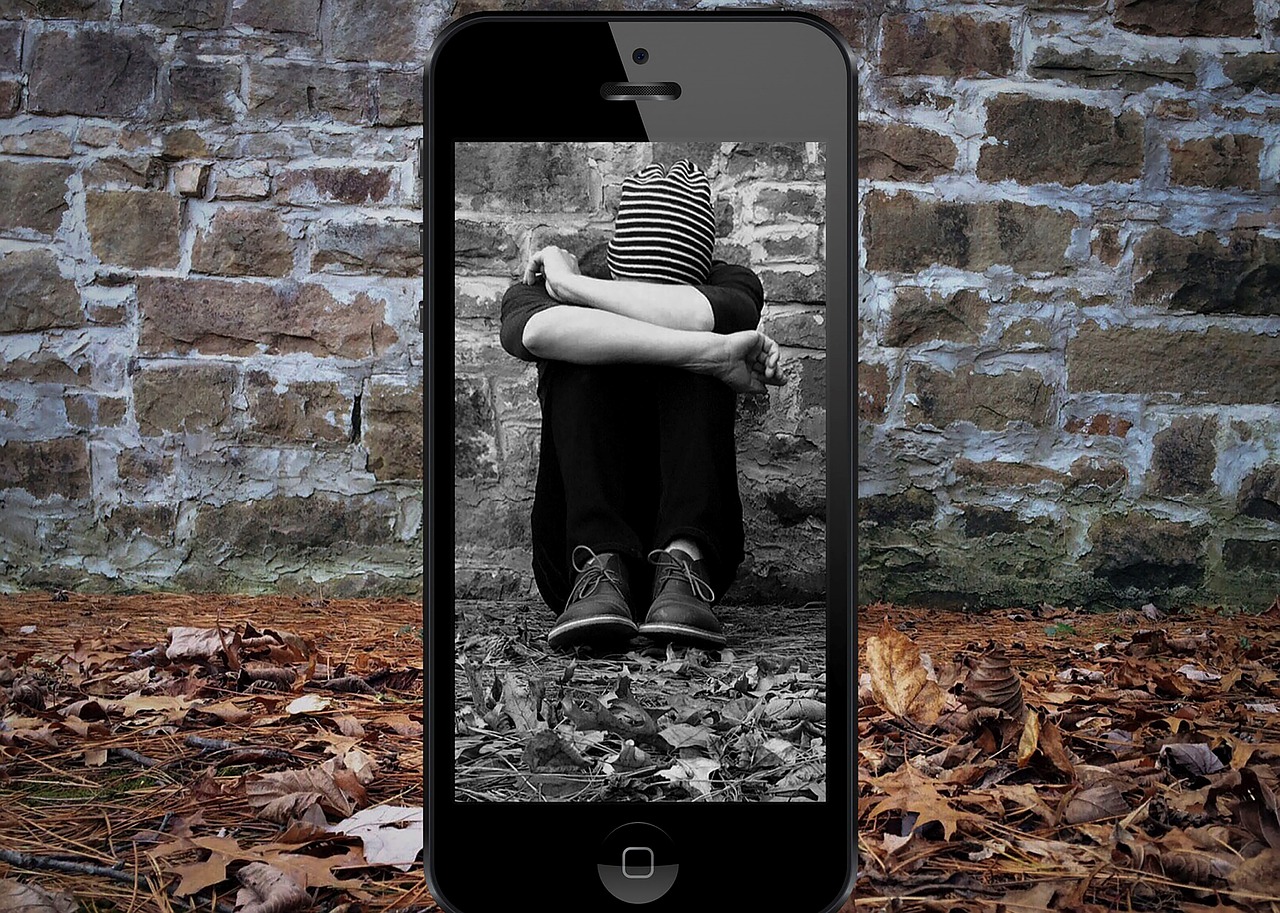Social media, in this era of technology, has been an important aspect of everyday life. It allows young adults to express themselves, communicate with others, and share information. On the flip side, it exposes them to a very dark and destructive side: cyberbullying.
Cyberbullying has elevated to a new level with the rise of social media; it involves technology to harass, threaten, or humiliate others, and it has left young adults open to abuse online and its profound ramifications.

The Forms and Methods of Cyberbullying
Social media cyberbullying happens in numerous ways, including:
- – Harassment: Sending insulting messages or repeatedly leaving derogatory comments with the intention of undermining a person’s self-worth.
- – Doxxing: The act of publicly broadcasting personal information of a person, such as his or her address and phone number, for the purposes of intimidating or harassing.
- – Impersonation: Making fake profiles with the aim of manipulating others or deceiving them by sometimes sending malicious messages or rumors.
- – Public Shaming: Malicious remarks or exposure of personal details made public with the aim of humiliating the victim before an audience.
The Psychological Toll on Young Adults
Cyberbullying is especially damaging in young adults, who are supposed to be in the formative period of self-discovery and identity building. It takes a toll on their mental health and emotional wellbeing in many ways. Here are some of them:
1. Increased Anxiety and Depression
Anxiety and a sense of hopelessness may also result from cyberbullying that can be overwhelming. These victims stay in isolation, feel ashamed, and fear judgment, which fuels the depression and anxiety further. Studies have proved that depression is more likely to occur among young adults who are victims of cyberbullying as compared to those who do not experience online harassment.

2. Decreased Self-Esteem
These might be constant criticisms, humiliation, or mockery through social media, which badly hurts the self-image of the young adult. Social media proposes a comparison culture equated with personal value by means of “likes” and “followers.” When young adults experience cyberbullying, it makes their self-confidence decrease easily and quickly, making them accept negative things about them.
3. Social Withdrawal
Some young adults retreat from social circles and draw back from life due to fear of bullying by deleting profiles off social media platforms or avoiding in-person gatherings. These lead to increased feelings of loneliness and may well impede social development. Young adults may find it hard to trust others and may miss out on formative social experiences that help shape self-confidence and interpersonal skills.
4. Academic Impact and Career Disruption
The emotional toll of cyberbullying surely spills over into other areas, such as academic performance. Anxiety and depression make young adults have a hard time focusing either on studies or work; this leads to missed classes, poor productivity at work, or even dropping out. Also, as young adults go into their respective professional worlds, cyberbullying could also have professional implications in that it may eventually limit their ability to network or apply for jobs because, perhaps, their online reputation has been ruined by harassment.
5. More Self-Destructive Behavior and Suicidal Thoughts
At its worst, cyberbullying causes self-harm and suicidal thoughts. The relentless nature of harassment online often creates in young adults a sense that they cannot escape it, and the hopelessness which may arise from that forces them to drastic measures. That is a tragic reality, for indeed, the correlation of cyberbullying with various prominent suicides in the young adult population has shown just how seriously it can affect mental health.
Why Cyberbullying Persists on Social Media
Several factors contribute to the persistence of cyberbullying on social media networks; some of these include:
– Anonymity and Accessibility: It is through the use of the internet that the option for anonymous profiles is made available to bullies, which emboldens users to say things they might otherwise never say in person.
– Lack of Regulation: Most of these places do not have effective mechanisms for keeping a check on abusive content or tracing and deleting such abusive users.
– Algorithms that drive engagement: Many algorithms of social media sites make people view the most controversial or inflammatory messages, since these make more engagement, sometimes amplifying bullying behaviors unconsciously.
How Young Adults Can Protect Themselves from Cyberbullying
There may not be a concrete way to avoid the case of cyberbullying, but young adults can do something to protect themselves. These are:
Limit Privacy Settings: Changing the settings would result in limiting who can view or comment on your posts. This further helps in restricting the amount of traffic a bully is capable of.
Don’t Engage: Something that works best in most cases regarding cyberbullying is ignoring or blocking the bully to discourage him from continuing harassment.
Document Everything: Save abusive messages or comments in case they ever want to report the behavior to the platform or the authorities.
Reach Out for Support: It is good to discuss it with friends, family, or mental health professionals, as it lends emotional support and helps deal with the psychological impact of cyberbullying.
Conclusion
Cyberbullying on social networks is something that occurs more frequently than any would like to believe; it can be life-changing for a young adult. It affects their mental health, academic and professional lives-even personal identity. Social media platforms and governments have taken steps toward eradicating cyberbullying, but much deeper measures must be taken for young adults to be truly protected in today’s digital world. The steps now necessary encompass raising awareness, pushing toward digital literacy, and calling for much firmer regulations in order to create a secure space for all online.

















